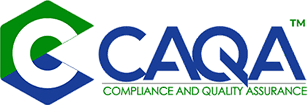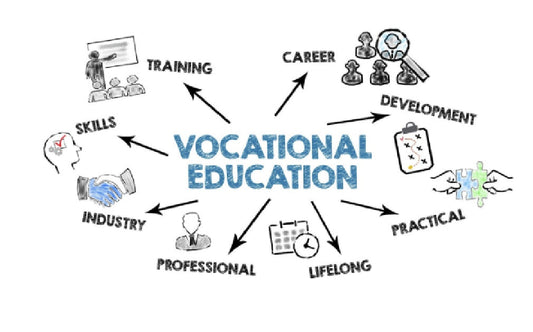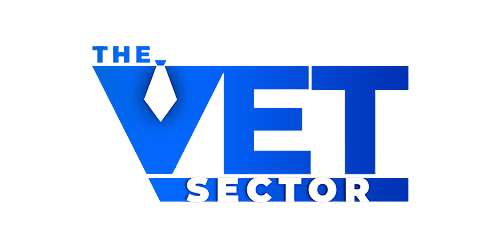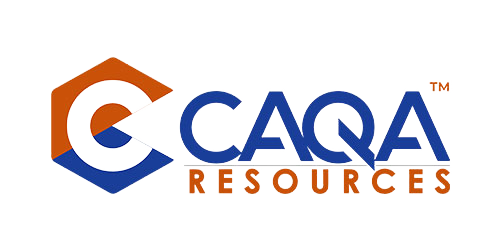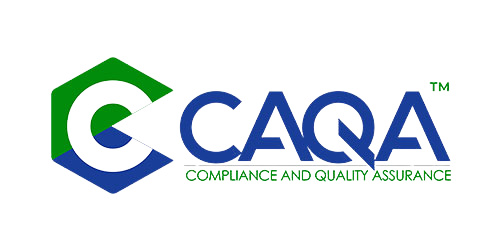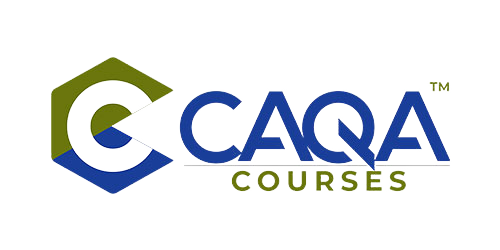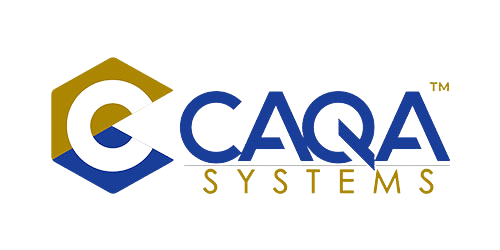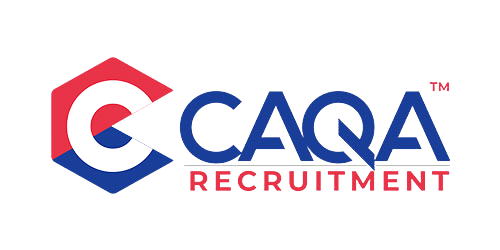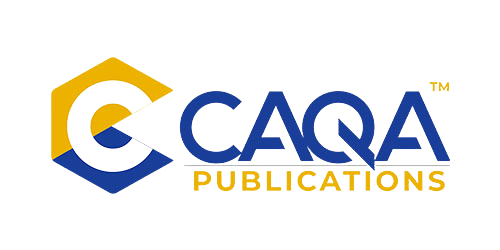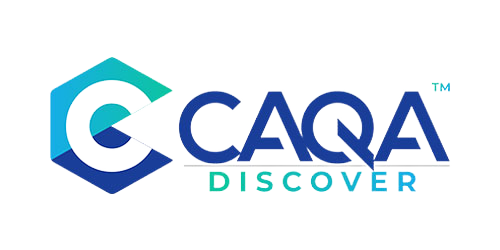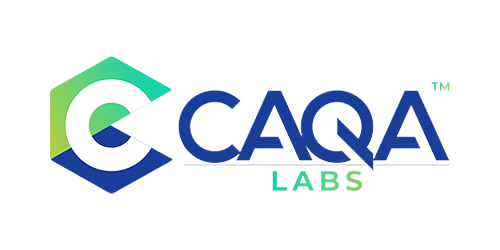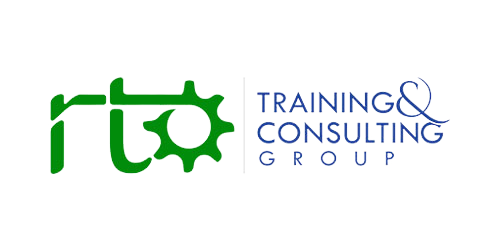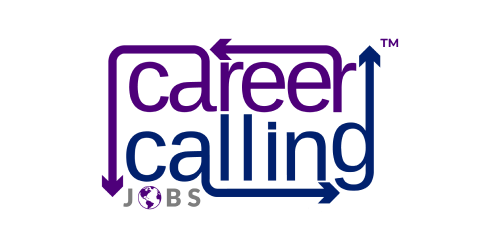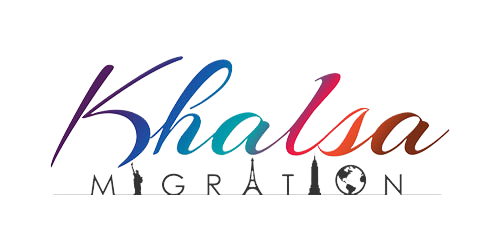Australia’s vocational education and training (VET) system has a single national regulator for most of the market, the Australian Skills Quality Authority (ASQA). Looked at with a critical eye, ASQA resembles a modern digital platform more than a traditional public agency. Like Airbnb, it does not own the “product”—it does not write the laws, author the Standards, or create the training packages. Instead, it curates membership, sets participation rules, intermediates interactions, and levies charges for the privilege of operating on its platform. For registered training organisations (RTOs), the right to trade sits behind ASQA’s gate, and access comes with ongoing compliance and cost.
A Regulator Built Like a Platform
ASQA’s statutory job is to register providers, accredit courses, and monitor compliance with national standards. That’s textbook platform design: selection into the marketplace, rule-setting, and policing. But the underlying “products” the market consumes—quality standards, course design rules, training packages—are made elsewhere. National standards are agreed by governments through ministerial processes, and training products are developed through the national training package system under the Department of Employment and Workplace Relations (DEWR) stewardship. ASQA’s role is to apply and enforce these settings as the national VET regulator, not to author them. In that sense, it is a platform operator, not the proprietor of the goods on offer.
Who Owns the Product? Not the Regulator
The crucial governance reality is that the content ASQA regulates is not ASQA’s. Standards and instruments are made as legislative instruments under the National Vocational Education and Training Regulator Act 2011 (NVETR Act) and ministerial authority. The Act even provides for “Quality Standards” to be made by the Minister, underscoring that the regulator executes policy it does not own. On the course side, the training-package system sits under DEWR’s reforms, including the Training Package Assurance function introduced from January 2023 to lift transparency and quality in product development. These arrangements show why providers sometimes experience ASQA as an administrator of others’ rules rather than an author of the requirements they must meet.
From Commissioners to a CEO: Concentration at the Top
A governance pivot in 2020 replaced the old panel of Commissioners with a single Chief Executive Officer (CEO), supported by a ministerially appointed Advisory Council and an Audit and Risk Committee. The current CEO reports directly to the Minister for Skills and Training and is advised by the National VET Regulator Advisory Council established under section 174 of the NVETR Act. The intention was streamlined decision-making and clearer accountability; the effect has been a more centralised leadership model with sector input routed through advisory and engagement mechanisms rather than a multi-commissioner board.
The 2025 Operating Model: Four Pillars of Control
On 1 July 2025, ASQA implemented a new organisation structure that groups its functions under Corporate & Enabling, Integrity, Quality & Program Support, and Policy & Engagement, led by the CEO and Deputy CEO. The Integrity stream houses intelligence, investigations and enforcement; Quality & Program Support spans performance monitoring and compliance management; Policy & Engagement covers regulatory policy, sector education and digital transformation; and Corporate & Enabling provides the internal capacity to run the machine. If you’re an RTO, this is the structure you experience in practice: entry through “Market Entry” teams, supervision through “Performance Monitoring,” and consequences through “Investigations & Enforcement.”
The Business Model: Fees In, Services Out
Platforms monetise participation. ASQA moved to full cost recovery from 1 July 2022, with fees and charges determined by legislative instrument and set out in a Cost Recovery Implementation Statement (CRIS). In addition to application-based fees (for example, initial registration, change of scope, accreditation and renewals), providers pay an annual registration charge (ARC) that funds sector-wide regulation. Legally, the NVETR Act empowers the Commonwealth to set fees for goods or services the regulator provides in performing its functions. The result is a fee-for-service ecosystem whose ongoing costs are borne by new and established providers alike.
Cost recovery continues to evolve. ASQA’s 2025–26 Corporate Plan flags consultation for a refreshed CRIS in 2025–26 to better align charges with regulatory practice and supervision levels. Recent communiqués from its VET Sector Strategic Forum echo the move toward a revised cost-recovery model tied to digital investment and “streamlined operations”. For smaller providers with thinner margins, the combination of fixed charges and episodic fee events can make compliance a dominant cost centre—another way the platform analogy bites.
Gatekeeping the Marketplace: Scope, Systems and Waiting Periods
The platform logic extends to scope control. Providers manage their registration and scope through ASQA’s asqanet portal, but expansion is gated by rules. Notably, newly registered RTOs cannot change their scope during their first 24 months, a design aimed at consolidating quality before growth. That rule may protect students; it also functions as a real barrier to rapid market responsiveness, particularly for start-ups aiming to pivot into high-demand areas.
Conditions and Powers: How ASQA Compels Compliance
ASQA’s leverage flows from the NVETR Act. Conditions of registration require providers to supply information and cooperate with the regulator, and the Act’s investigative powers extend beyond routine reporting. Under Part 5, ASQA can require people connected with an RTO to provide information or documents; authorised officers may enter premises and exercise monitoring powers. The enforcement toolkit includes infringement notices and civil penalty provisions. For providers, this means that notices to produce records, systems logs, or assessment evidence are not “requests” in the everyday sense—they carry statutory force.
It is also worth correcting a common misunderstanding: Section 215 of the NVETR Act does not grant coercive information-gathering powers. It sets annual reporting obligations—ASQA must prepare and give the Minister a report on the performance of its functions. The platform’s enforcement authority is rooted in other provisions; section 215 is about transparency to Parliament, not search or seizure.
The Data Appetite: From Monitoring to Data-Matching
Like contemporary platforms, ASQA is increasingly data-driven. Its 2025–26 Corporate Plan highlights investment in digital infrastructure, data analytics, and data-matching capability to identify and act on risks; it also references collaboration through mechanisms such as the Fraud Fusion Taskforce. This signals continued movement toward intelligence-led regulation that relies on networked data sources, automated detection, and escalated interventions where risk indicators peak. In parallel, ASQA has flagged initiatives such as an inspectorate program and independent validation of student assessment—again, hallmarks of a regulator leaning into active surveillance and quality control.
From a provider’s standpoint, this shift can feel like an always-on audit. The information-management provisions of the NVETR Act permit certain disclosures and inter-agency sharing, and ASQA’s practice documents emphasise the use of education, administrative actions and enforceable actions along a compliance spectrum. The net effect is straightforward: more data in, more scrutiny across the life cycle, and a lower threshold for the regulator to detect, target and intervene when quality or integrity flags are raised.
A Sector That Pays Rent to Stay Listed
Combine cost recovery, scope gating, and expanding data powers, and the regulatory experience for many providers looks like a rental market for the right to operate. The ARC is due every year regardless of activity; specific events trigger fee-for-service charges; and the ongoing compliance posture demands sustained investment in systems, recordkeeping and people. For large institutions, these costs are a manageable overhead; for small RTOs, they can crowd out spending on pedagogy, staff development and curriculum renewal. In market-design terms, high fixed compliance costs favour incumbents, reduce diversity among providers, and slow the system’s responsiveness to new skills demand—precisely the risks that platform monopolies can introduce when they set the terms of participation.
Policing or Partnership?
ASQA’s own reform story acknowledges this tension. The 2020 rapid review of regulatory practice set out a shift toward better regulation—more educative, risk-based, and proportionate. The Standards for VET Regulators require exactly that: a risk-based approach, fair and transparent processes, and active assistance for providers to understand and meet the Standards. These commitments matter because they are the counterweight to a one-sided platform dynamic; when applied well, they keep the compliance machine in service to quality outcomes and student protection, rather than compliance for compliance’s sake.
The policy environment around ASQA is also changing. The revised 2025 Standards for RTOs took effect on 1 July 2025, with governments pitching a more outcome-focused, flexible regulatory framework. ASQA’s corporate strategy now references collaboration with TEQSA on dual-sector regulation and a pilot delegation of course-accreditation functions to selected TAFEs and a dual-sector provider—experiments that suggest an interest in stewardship, not just surveillance. Whether these changes translate into a lighter, smarter footprint on the ground is the question providers will judge across the next few years.
What This Feels Like for Providers
Talk to owners and compliance managers, and you’ll hear the same three refrains. First, the administrative load seldom shrinks; every improvement in one area seems offset by new reporting, new evidence expectations, or a fresh interpretation of an existing clause. Second, fees and charges are predictable but unrelenting; the ARC arrives regardless of enrolments, and episodic fees spike whenever a provider needs to change, renew or expand. Third, uncertainty adds a hidden “risk premium” to doing business: even with high internal standards, providers worry that a change in practice notes, an audit finding, or an external event could trigger months of corrective action, reputational harm, or worse. None of this is unique to ASQA—it is a familiar pattern in platform-governed markets where rule-takers carry disproportionate adjustment costs.
What Should We Measure?
A regulator’s value should be judged on system-level outcomes, not the volume of notices issued. In VET, that means improvements in learning quality, student protection, qualification integrity and employment outcomes. The “qualification integrity” campaigns, where ASQA cancels qualifications issued without proper assessment, remind us why a strong regulator matters. But the metrics should also capture positive movement: fewer remediation cycles for broadly compliant providers, faster time-to-market for new training products in shortage areas, clearer guidance that reduces interpretive disputes, and measurable gains in student completion and employment. If the measures tilt only to activity counts, providers will experience regulation as rent collection rather than sector building.
Guardrails That Would Rebalance the Platform
There is a way to keep the benefits of a strong gatekeeper while reducing the “platform rent” feel. First, publish more on how providers are selected for assessment, with an independent review of targeting models to reassure the sector that risk-weighting is proportionate and evidence-based. Second, embed the Standards for VET Regulators’ principles in everything that touches providers—plain-English guidance, early engagement on emerging risks, and service standards that live in practice, not just on a webpage. Third, bind cost recovery to service outcomes: where providers meet timeframes with complete, high-quality submissions, the regulator should meet timeliness and transparency guarantees in return, and charges should reflect that compact. Fourth, scale the educative function so that small RTOs access targeted support rather than learn by receiving adverse findings. Finally, lean into collaboration where duplication persists—particularly across VET and higher education—so that dual-sector providers face single-touch scrutiny where risks are shared.
Practical Notes for Providers
In the meantime, providers should treat the regulatory interface with the formality the statute requires. Conditions of registration oblige cooperation and information provision; notices under the Act have teeth. Confirm the legal basis of each request, limit disclosures to what is required, and maintain a complete file of all interactions. Keep ASQANET details current, plan scope changes well in advance of business need, and use the regulator’s practice guides and updates to anticipate shifts before they become enforcement issues. This is how you operate on a platform: know the rules, document everything, and design your operations so compliance is built into everyday delivery rather than bolted on at audit time.
A Final Word: Stewardship, Not Just Surveillance
The point of the Airbnb analogy is not to diminish the importance of regulation. Australia has paid dearly for failures in VET quality. But platforms left to their own incentives tilt toward rent-seeking and rule-enforcement at the expense of innovation by their users. The public policy challenge is to keep ASQA anchored in its public purpose—protecting students and the integrity of qualifications—while ensuring that the way it exercises its mandate grows the system’s capacity to deliver skills the economy needs. That means emphasising the “better regulation” journey already mapped in 2020, measuring performance against real outcomes, and taking seriously the idea that a regulator can be a sector builder as well as a gatekeeper. If we get that balance right, the platform will serve the public interest it was created to protect, and the tenants will invest in the quality and innovation that VET’s future demands.
Key references used in this analysis include the DEWR National Regulatory Framework, ASQA’s governance pages and Corporate Plan 2025–26, the NVETR Act (notably s232 on fees, s26–27 on conditions, and Part 5 investigative powers), ASQA’s fees and CRIS materials, the Change of Scope guidance/asqanet portal, the Standards for VET Regulators, the 2025 Standards for RTOs, and ASQA’s VSSF communiqué.
